December 15-21, 2024
Welcoming another big snowfall
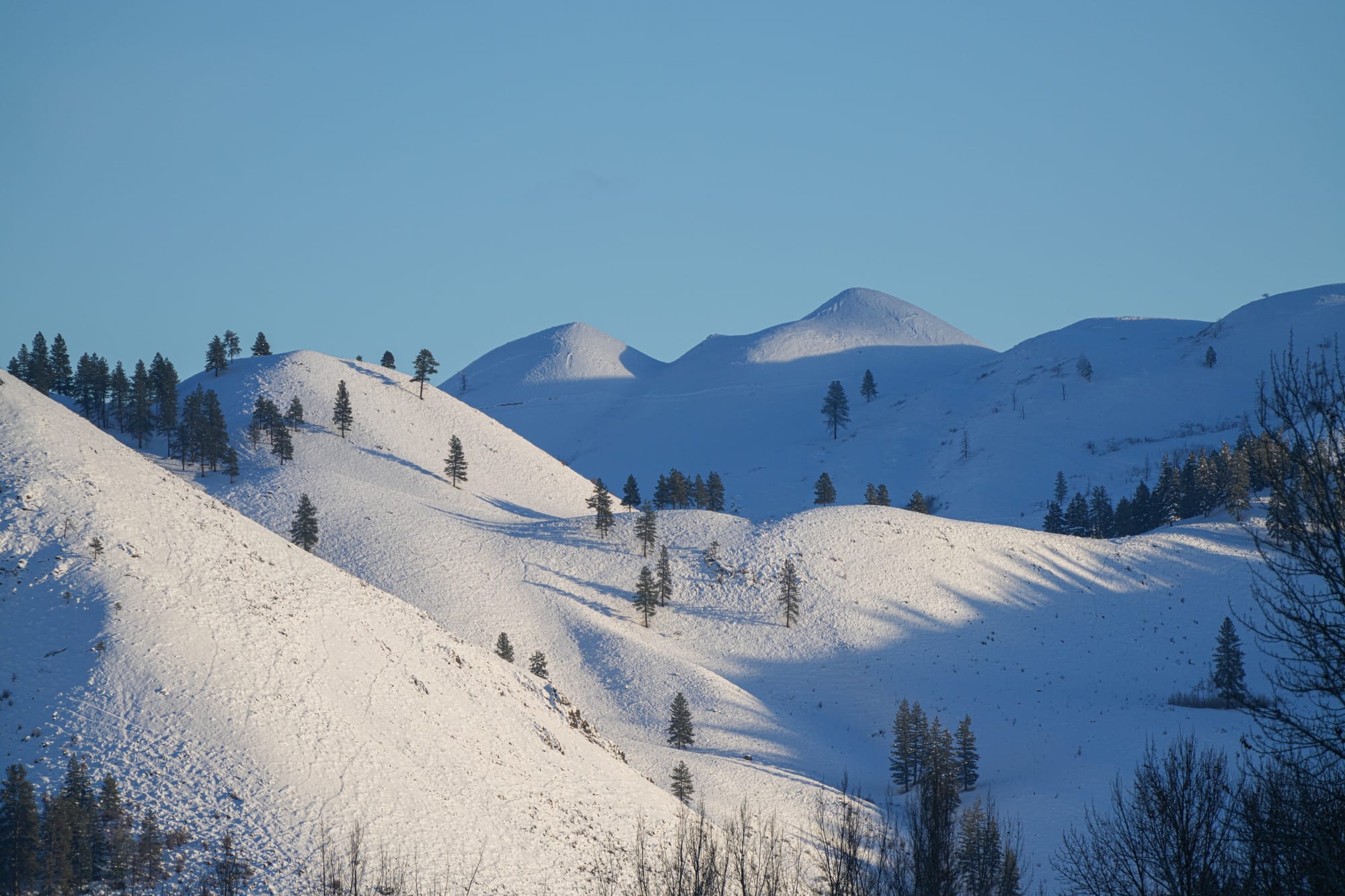
While some snow was in the forecast, we got a lot more than expected after a day and night of heavy snow left behind 18 inches of fresh snow.
Week in Review
It was fun to see a fresh blanket of deep snow in the valley this week, but by the time everyone shoveled and plowed their way out, warming temperatures had already begun softening things up.
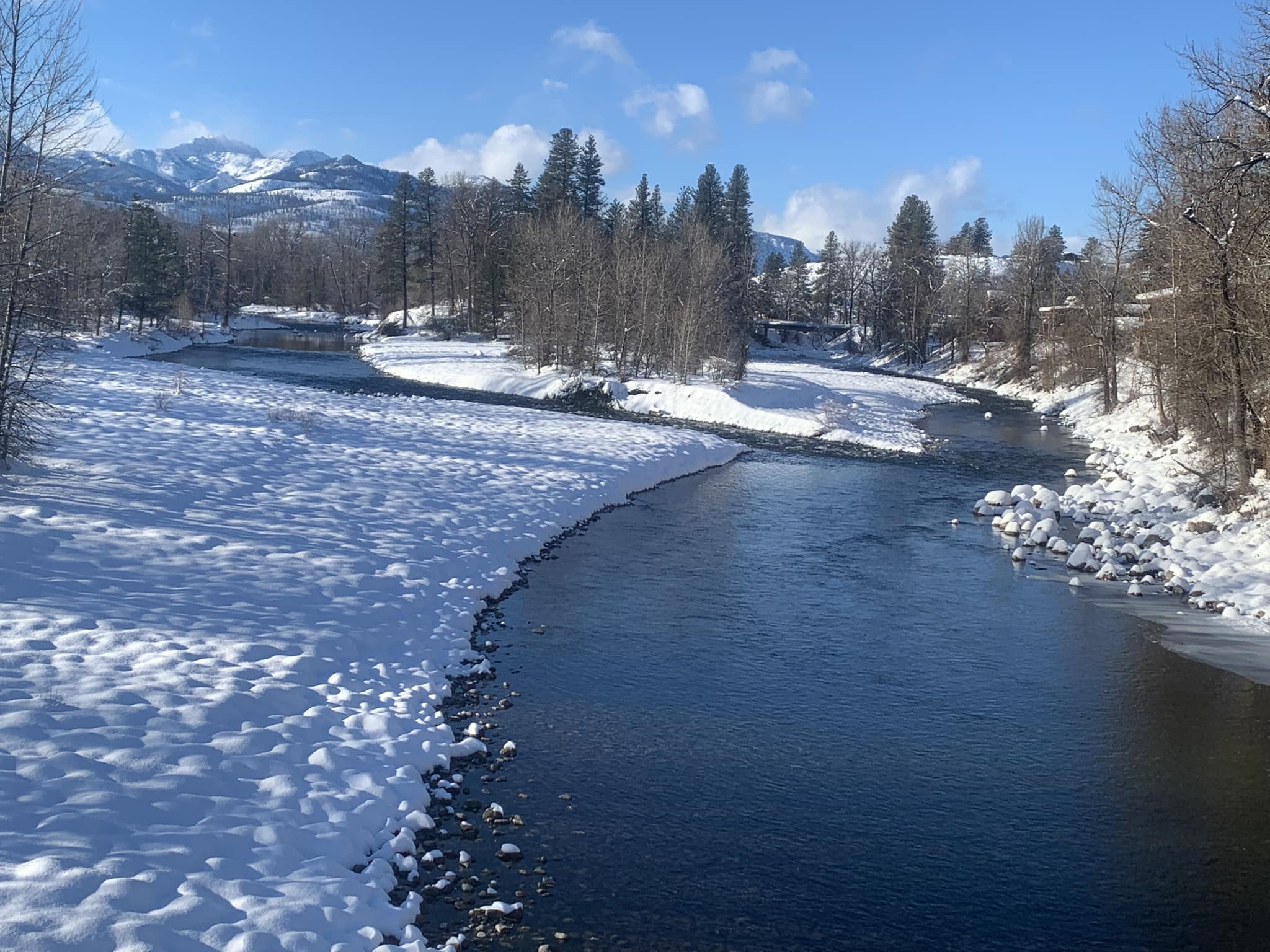
While warming temperatures, and rain at the week's end, is less than ideal for skiing, there's a possible silver lining. I read that after the ground freezes water won't percolate into the water table no matter how much snow you get, and then in the spring the snow melts and flows out of the system without recharging the soil. However, when I look outside today, I see melting snow, steady rain, and soft ground and I realize that much of this water is seeping straight into the soil. I hope this is recharging some of our depleted groundwater because so far this winter the snow levels at Harts Pass are below average (77%).
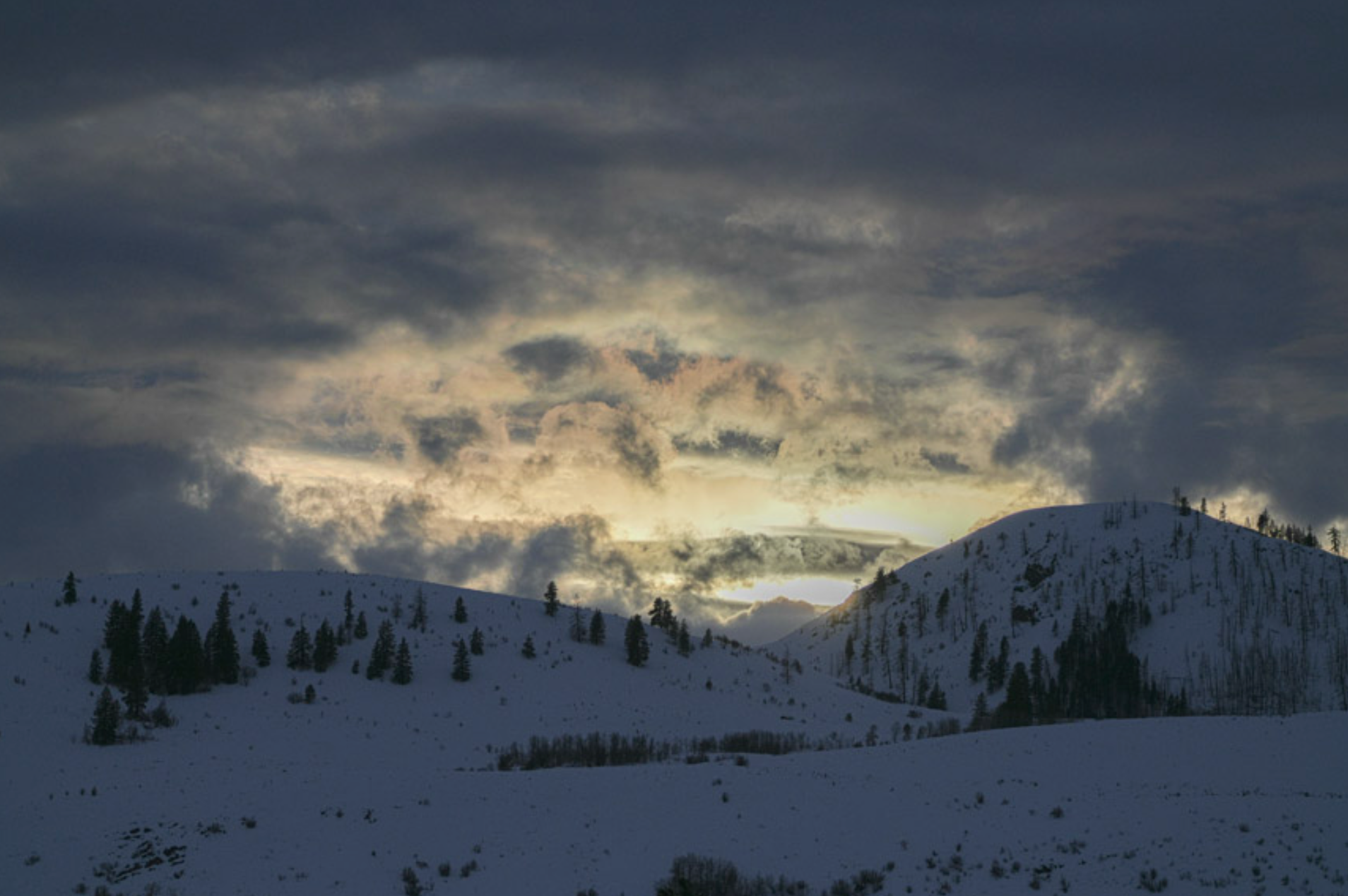
Owls continue to be a highlight this winter, with a saw-whet owl observed during last week's Christmas Bird Count and folks still reporting pygmy owls around the valley. As mentioned in a previous newsletter, it's possible that some environmental factor may be pushing more owls than usual into the Methow Valley this winter.
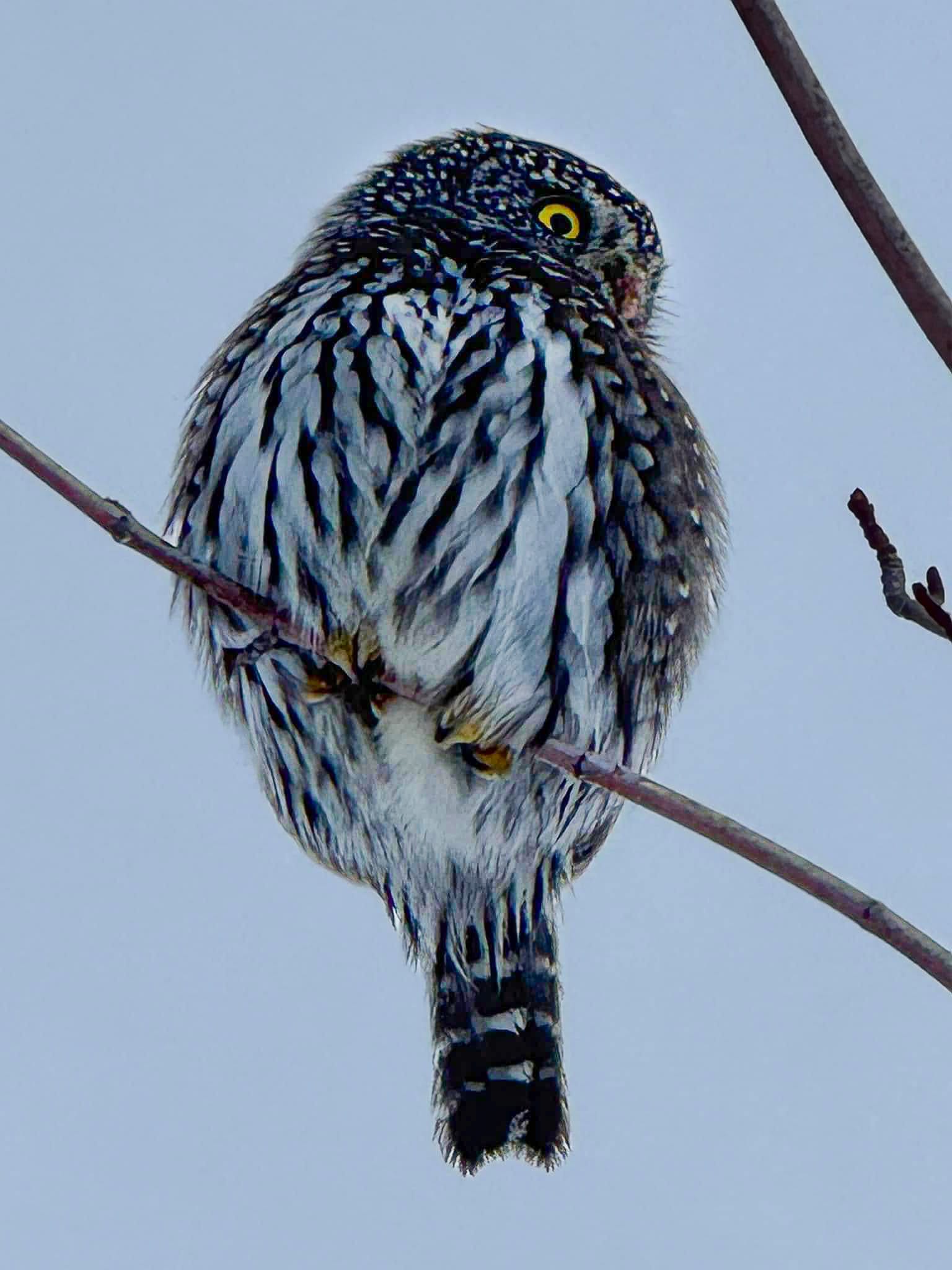
This week's deep snow is clearly impacting our local deer. I haven't seen a single deer or noticed any actively used trails since the snow buried their regular routes, but the impact of the snow might be different in your neighborhood. What have you been noticing?
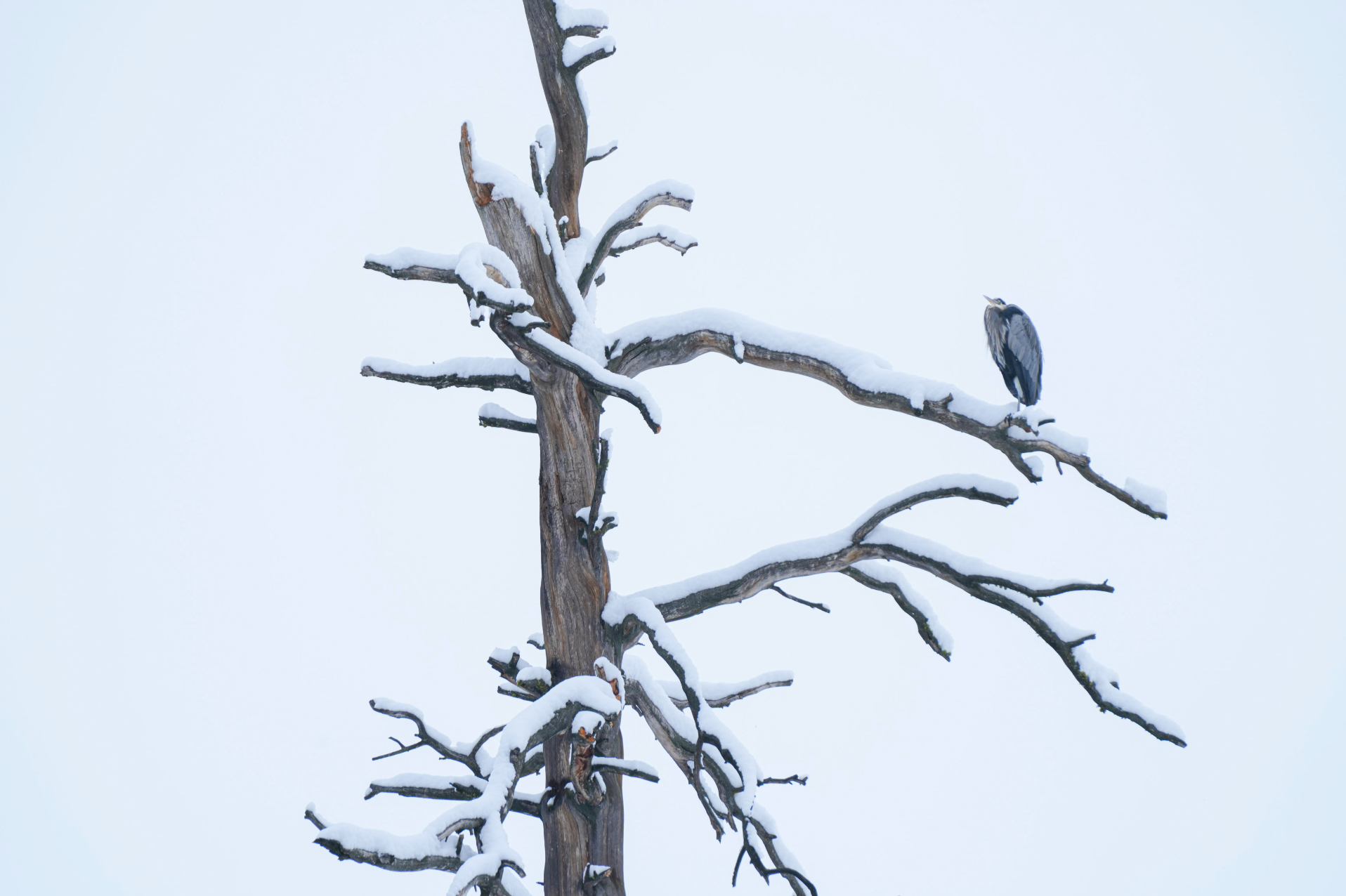
Other than a few squirrels, the only activity I've observed this week has been a handful of birds, including busy groups of red-breasted and white-breasted nuthatches. Even with all the snow, nuthatches are little affected because they have no problem finding hidden spiders and insects on vertical tree trunks.
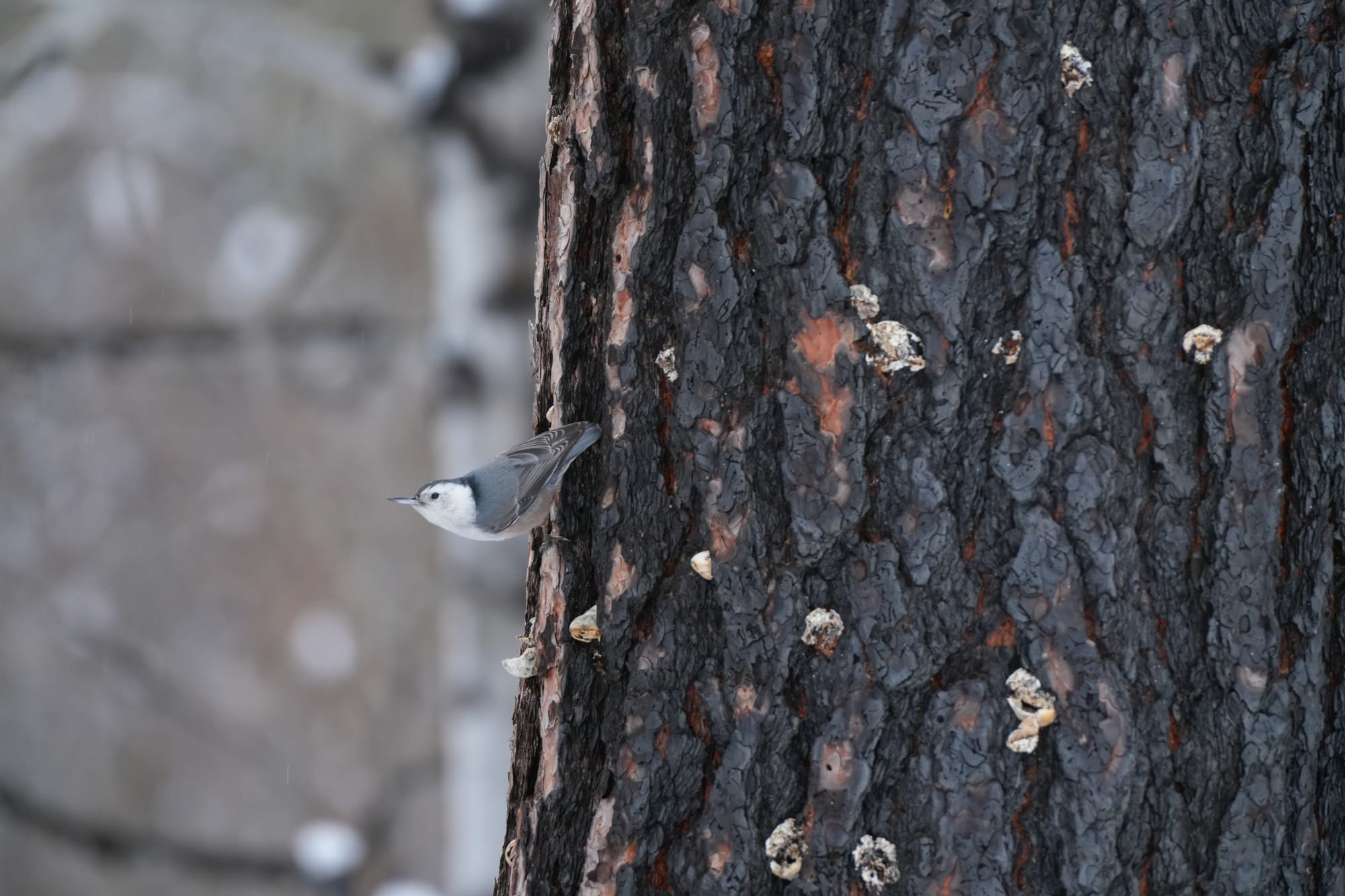
Observation of the Week: Winter Invertebrates
While most insects, spiders, and invertebrates survive the winter as eggs or pupa, a surprising number of these tiny animals remain active all winter and are frequently found on the snow.
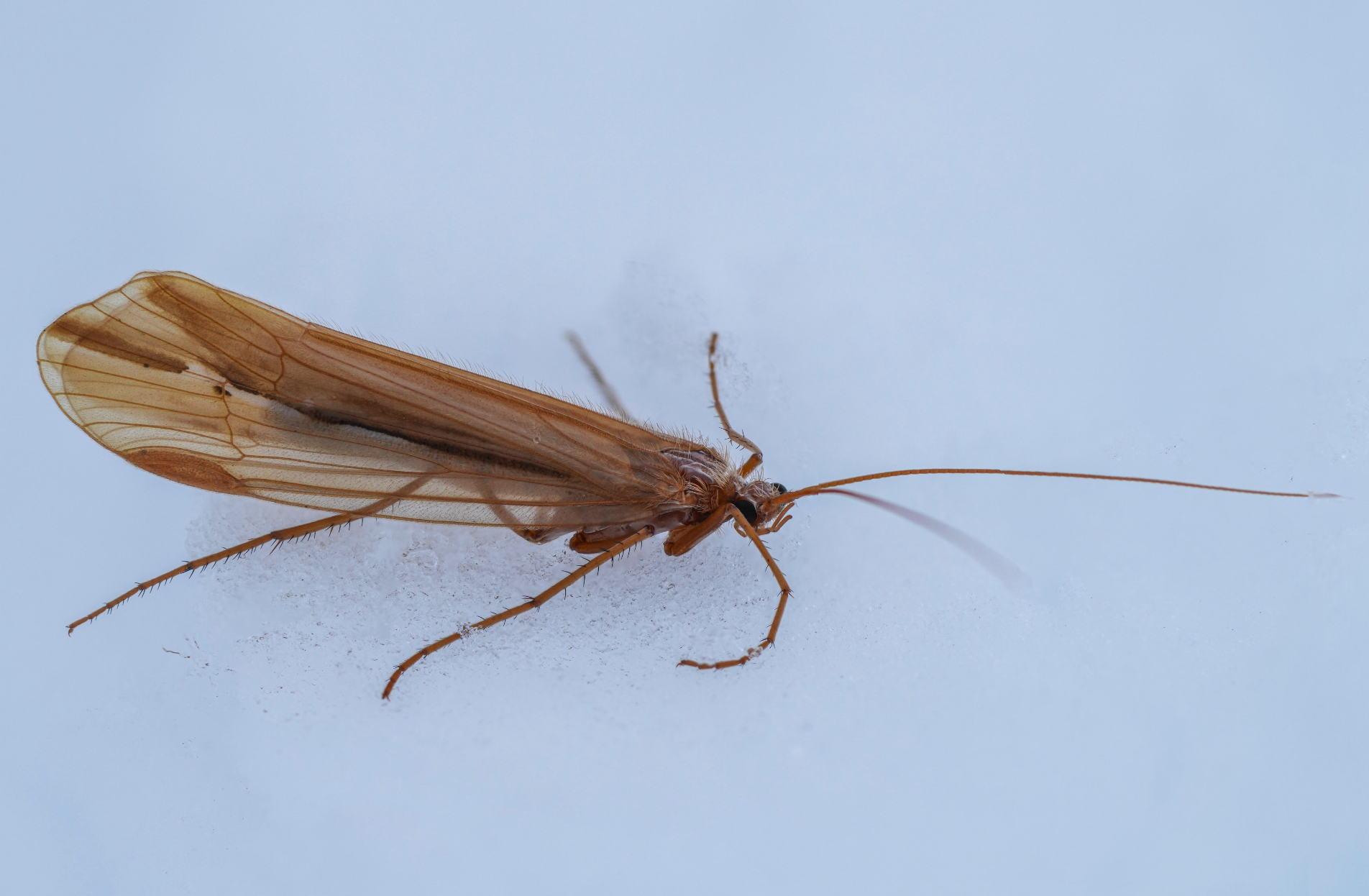
You might wonder how these fragile little critters survive such harsh conditions, and the answer is that they have two common strategies at their disposal.
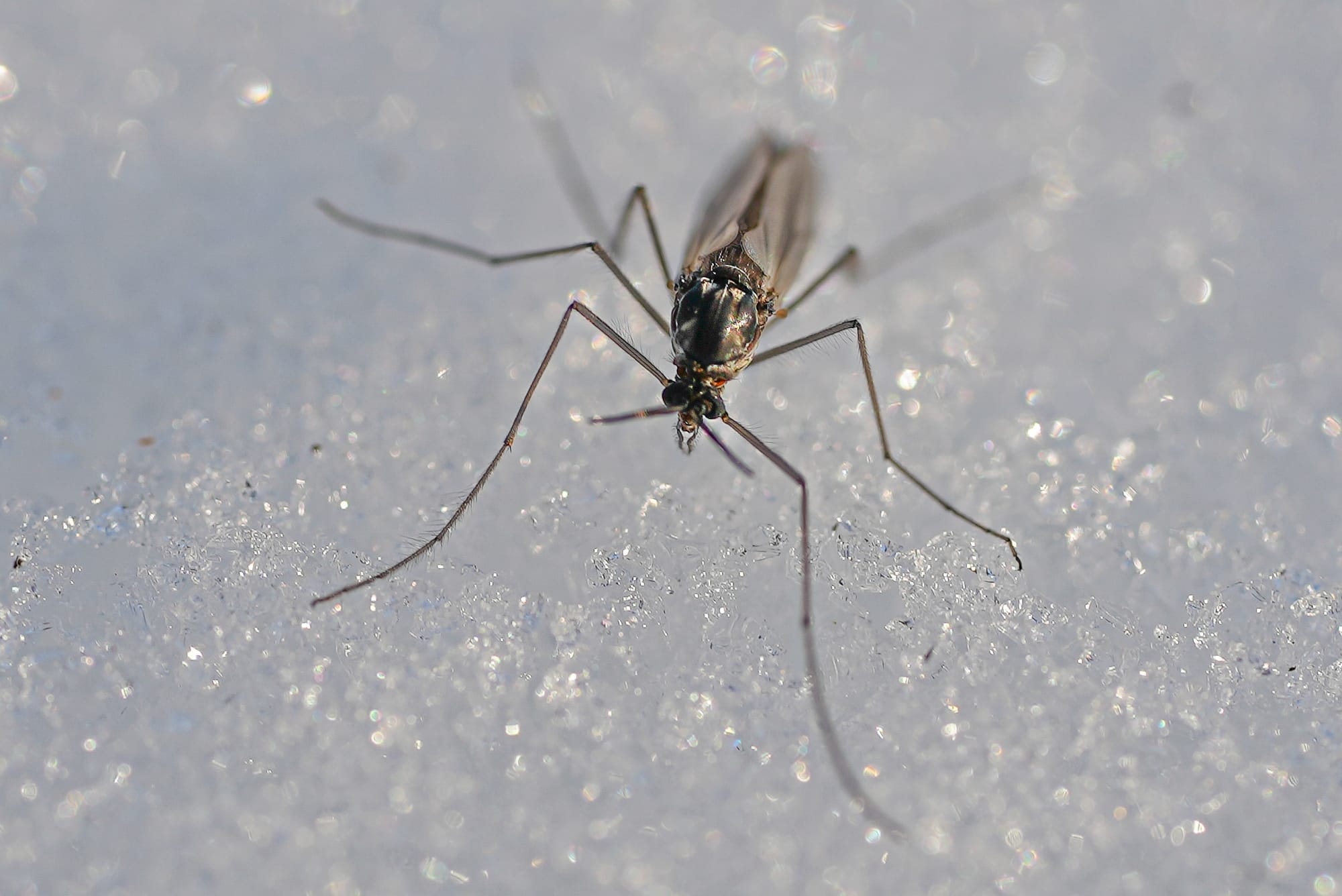
One strategy is that many species put sugars in their blood that acts as a kind of antifreeze. This strategy keeps them from freezing but has the disadvantage that they can become "supercooled," which might lead to flash freezing in adverse conditions.
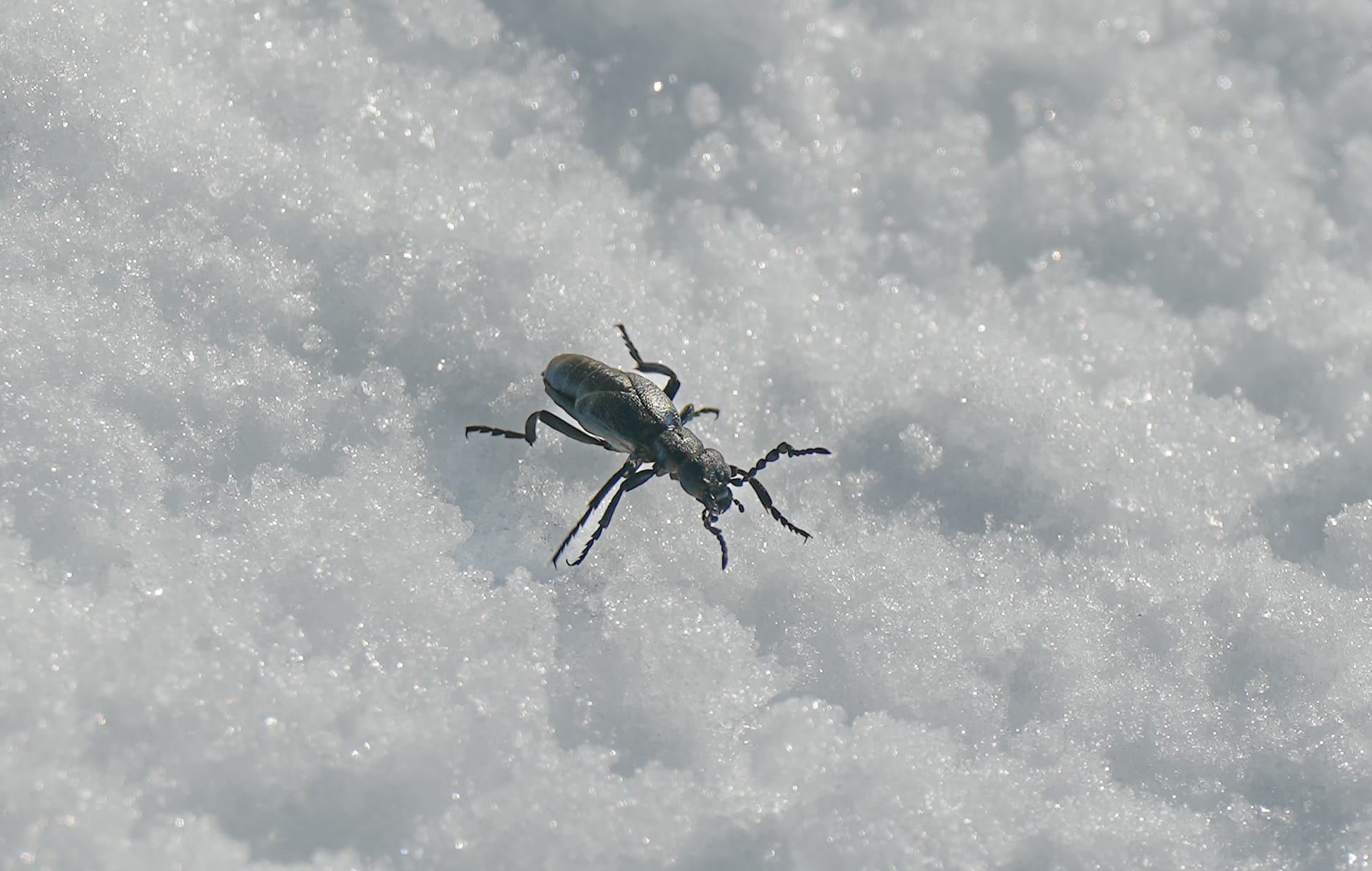
Another strategy is they can promote freezing in their tissues, but control where the freezing occurs in order to protect organs and vital cellular structures.
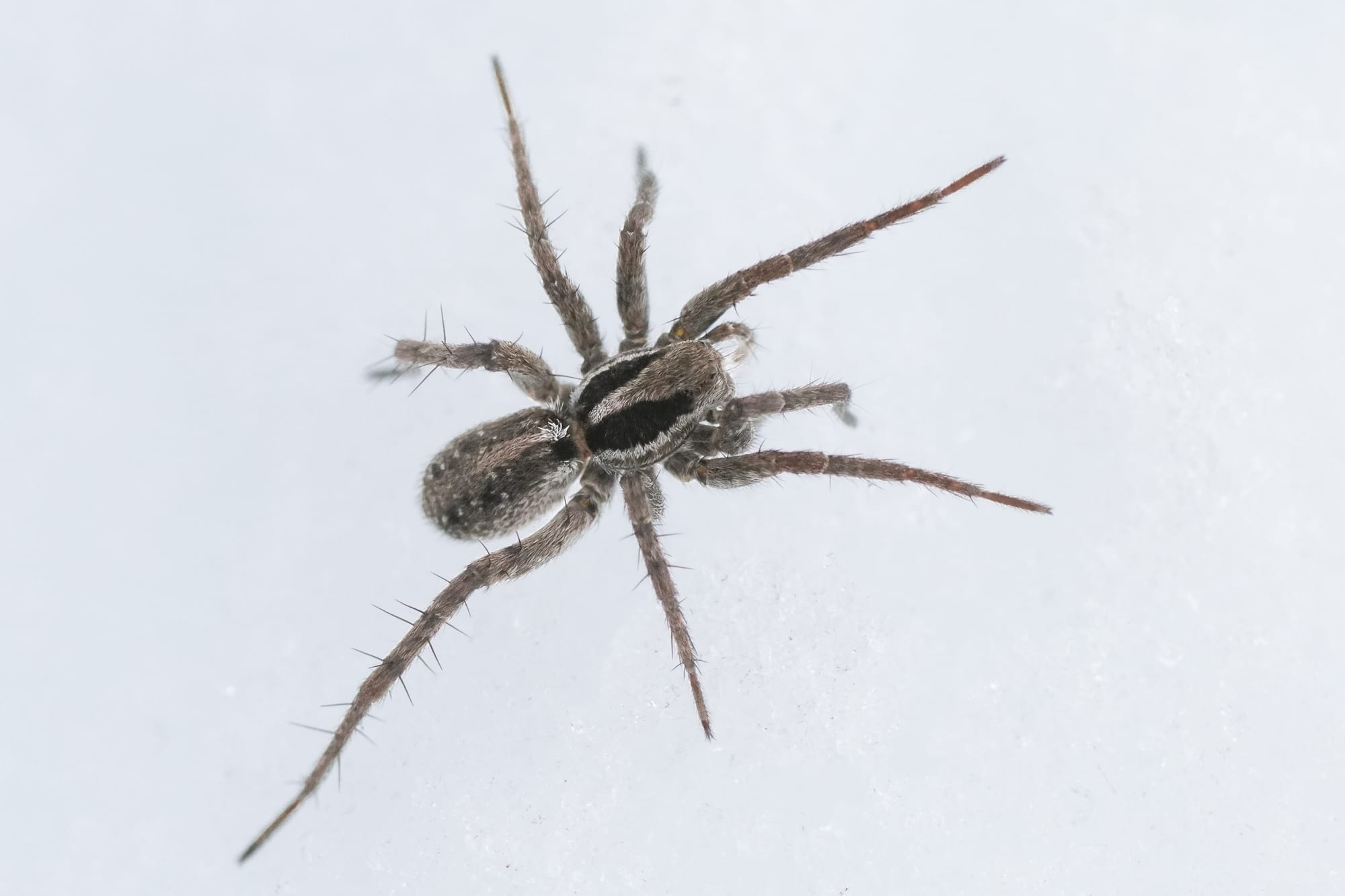
While these strategies allow tiny invertebrates to remain active at remarkably low temperatures, you might also wonder what there is to eat when everything is covered in snow, and this is a question I'll explore in my upcoming winter ecology talk at the Winthrop Library (see details below).

